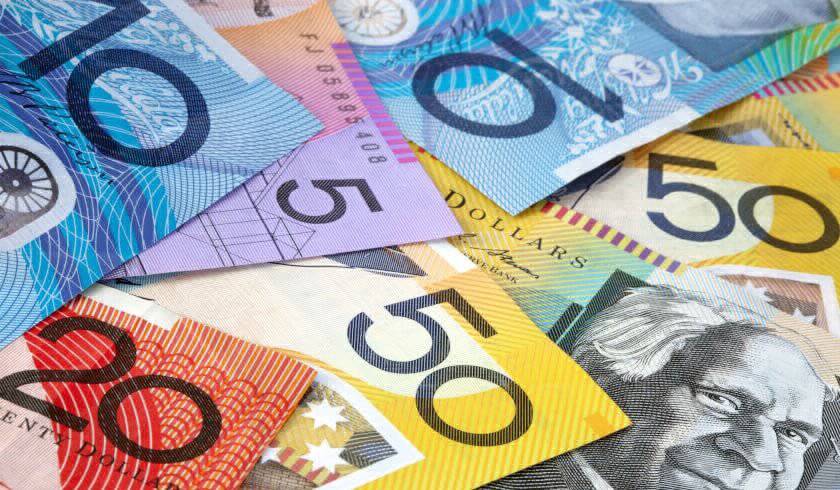How ‘four different yields’ help this investor gauge his progress
The recent changes in the regulation of interest rates have affected several property investors and their strategies for wealth creation—and while many are still in the process of reassessing their journey, buyer’s agent Steve Waters reminds everyone that at the end of the day, a good property portfolio is simply all about “controllable cash flow.”

In today’s marketplace, following the recent Australian Prudential Regulation Authority (APRA) changes, it would cost an investor more to hold money.
“If you're paying your debt at an extra per cent above what you're paying right now… it's probably going to remove that nice little buffer [you] have there pretty quickly,” Smart Property Investment’s Phil Tarrant said.
According to Steve, many property investors’ worries stem from the fact that they got used to very cheap money, which put them in a compromising position in terms of controlling their assets.
“If you go back to the [Global Financial Crisis]... not many people lost their portfolios or their assets for lack of equity—it was from a lack of cash flow,” he said.
“We don't particularly mean it's got to be positive cash flow. That's awesome if it is, but not sacrificing growth at the same time. It's more about controllable cash flow.
“In this scenario, the barometer or the benchmark that property investors talk about is yield.”
Phil and Steve talks about the four different yields that they use to determine the status of Phil’s property portfolio, as well as the next best step to take in order to continue making the most out of their acquired assets:
How do you define book rental yield?
Phil Tarrant: Book rental yield … is the yield against the purchase price… which is the standard way to look at it. What you do [is] you work out what your rent is, you [multiply] it by 52, then you divide it by how much did you buy your property for or your portfolio for.
Our number is 7.3 per cent. That's pretty good.
The issue I have with that is that it doesn't account for a whole bunch of other stuff to establish these properties, so you're not talking about buyer's agency fees if you use them, you're not talking about stamp duty, you're not talking about conveyancing costs.
What about net rental yield?
Phil Tarrant: Net Rental Yield… [has] the same calculation: Your rent times 52… divided by the total establishment costs for these things—the purchase price plus the other stuff.
Our number there is 6.6 per cent. That's more of a realistic take on where our portfolio is.
Why is it important to be discerning about these types of yield?
Steve Waters: I think it's important that you do that because they are a cost. It's not something that you're making up, and most people don't know what their true position is unless you throw everything into the pot, which is clearly what you've done.
What is the market yield?
Phil Tarrant: Our total rent over our current valuation… This number's a lot lower. It's 4 per cent. That's on the basis of what are these properties worth today.
Steve Waters: This is something that a commercial investor would look at and take into account.
What is debt yield and how does it affect one’s portfolio?
Phil Tarrant: The other indicator here, I call it a debt yield, which is against the size of the mortgage.
Steve Waters: For me, that's the big one, because, at the end of the day, my debt's my biggest expense, and if it's costing me 5 per cent but my gross yield is 7 [per cent] … that's not a bad spread to take care of everything else. I know all the commercial guys and other investors and, perhaps, even accountants would be on going, "That's not the way to look at it," but for me, it is, because I might have controlled the property for 15 years and the debt's stayed the same.
Phil Tarrant: [When it stays] the same … that number's going to be really big, but then if you have a little cash cow that you keep milking and you keep going back and drawing equity out to 80 per cent, it's probably going to be a lot higher there.
Steve Waters: Or, on the other side of the coin, if I've had a property for 20 years that I bought for $100,000, it's now worth half a million and the rent's $350 a week—my value to income percentage isn't going to be that attractive.
Do you encourage property investors to follow this strategy?
Phil Tarrant: These are just some of the ways… that we look at our portfolio, [but] you know what, they're just numbers… [It always comes back to] what's in my pocket? Is it hurting and am I worried about it? Am I sleeping well at night and I'm not too concerned at the moment even though we're in an environment where things are changing quite quickly? I'm satisfied with our serviceability and we can weather any increases in interest rates.
Steve Waters: You got the buffers parked aside. You got the risk mitigation. Once again, we're creating these different metrics, and that's only because we like to do so.
There are a lot of people out there … that are just doing it on the standard purchase price, and I think that's short changing themselves or cheating themselves.
Tune in to Phil Tarrant’s portfolio update on The Smart Property Investment Show to know more about his acquisition costs, “boring” assets, risk mitigation, cash flow management and yearly income, as well as the inside scoop on a new property that could take the team’s investment strategy to the next level.

